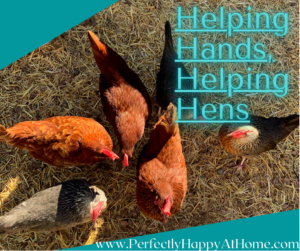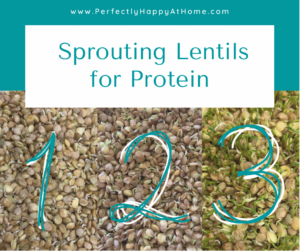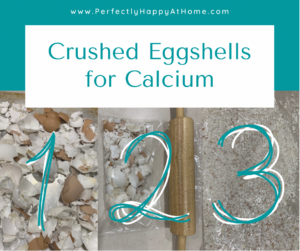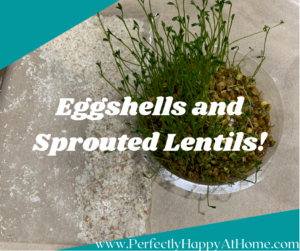 Everybody needs some help sometimes, even chickens!! We all need each other, and they are no different. They need us to pay attention to them, their behaviors, their habits, and so on. There are some times when we as owners need to step in and amend what our chickens are getting nutritionally. They have subtle (and sometimes not-so-subtle) ways of telling us they need our help. Do you know what to look for?
Everybody needs some help sometimes, even chickens!! We all need each other, and they are no different. They need us to pay attention to them, their behaviors, their habits, and so on. There are some times when we as owners need to step in and amend what our chickens are getting nutritionally. They have subtle (and sometimes not-so-subtle) ways of telling us they need our help. Do you know what to look for?
Today I’ll speak to some of my experience in raising backyard chickens and their nutrition. I am in no way an expert, nor do I claim to be, but I have been able to help my girls when they have needed me by paying attention to their cues. For example, did you know that protein and calcium content is of utmost importance for laying hens? Well, it is! According to what I have read, their diet needs to consist of about 16-18% protein, and plenty of calcium. If they are molting, they need about 20% protein and a bit less calcium. Recently, one of my hens started exhibiting a behavior…egg eating…that tells me her diet is not high enough in protein. After researching the best remedy for this situation, I decided to give more sprouted lentils. They are rich in nutrients and, yes, protein. The behavior stopped immediately! This is an important one to watch for because if it is allowed to continue, she will teach all the others to do the same and there will not be any eggs left for you!
Making sprouted lentils for healthy chicken snacks is very easy, and the kids have fun watching them sprout almost before their eyes. Here’s how:
- Pour dry, store-bought lentils right out of the package and in to a shallow container. This particular time, I am using a plastic piece used for placing under a potted plant so it doesn’t leak…hey, you use what you’ve got on hand, right?
- Add water so it just soaks them, not so much that they float. I keep them moist by adding a bit of water each day.
- Within 2 days, I can see them beginning to grow.
- Within 4 days, they are sprouting green stems!
- I wait until they grow about 1-2 inches tall then give them to my chickens. They go crazy for them!
 Another cue I take from my chickie girls that they need my help is when I notice their eggshells getting very thin or more fragile than normal. This tells me they need extra calcium supplementation. While I provide crushed oyster shells normally, the tiny pieces can get lost in the straw. To make sure my girls have the right amount of calcium in their diets, I use this thrifty trick:
Another cue I take from my chickie girls that they need my help is when I notice their eggshells getting very thin or more fragile than normal. This tells me they need extra calcium supplementation. While I provide crushed oyster shells normally, the tiny pieces can get lost in the straw. To make sure my girls have the right amount of calcium in their diets, I use this thrifty trick:
- I save their eggshells when I cook. (Until I have enough to fill up a cookie sheet)
- I bake them for 10 minutes at 250 degrees.
- After they cool, I place them into a gallon-sized zippered bag and crush them with a rolling pin until they are in little pieces.
- I sprinkle the crushed eggshells into their regular food, so they can choose to have some each time they eat, and it’s easy fro them to find.
 Things like these examples are simple, cost-effective, and keep your chickens healthy and happy. All you need to do is pay a bit of attention to their signals…they will show you when they need your help. Chickens are more like us than we sometimes realize, I think. Remember when your kids were babies, and you watched every move, reacted to every noise they made, watched everything that went into them (and came out of them, haha), and responded to them each time they reached for you? That’s because you knew they needed you! Your backyard chickens, although not nearly as fragile or complex as human babies, and certainly not quite as precious, communicate with us (their “chicken moms”) in a similar way. We just need to watch and listen, and then we can give them what they need! So here’s to finding the joy in caring for our feathered family today. Now, I’m going to go fill my coffee cup, and then go out and check for eggs in the coop!
Things like these examples are simple, cost-effective, and keep your chickens healthy and happy. All you need to do is pay a bit of attention to their signals…they will show you when they need your help. Chickens are more like us than we sometimes realize, I think. Remember when your kids were babies, and you watched every move, reacted to every noise they made, watched everything that went into them (and came out of them, haha), and responded to them each time they reached for you? That’s because you knew they needed you! Your backyard chickens, although not nearly as fragile or complex as human babies, and certainly not quite as precious, communicate with us (their “chicken moms”) in a similar way. We just need to watch and listen, and then we can give them what they need! So here’s to finding the joy in caring for our feathered family today. Now, I’m going to go fill my coffee cup, and then go out and check for eggs in the coop!
P.S. If you’d really like to dive deeper into this whole chicken nutrition idea, I’ve found a few great links with tons more details for you!
https://www.thepoultrysite.com/articles/nutrition-for-the-backyard-flock
https://www.backyardchickencoops.com.au/blogs/learning-centre/feeding-and-nutrition

One thought on “Helping Hands Helping Hens”